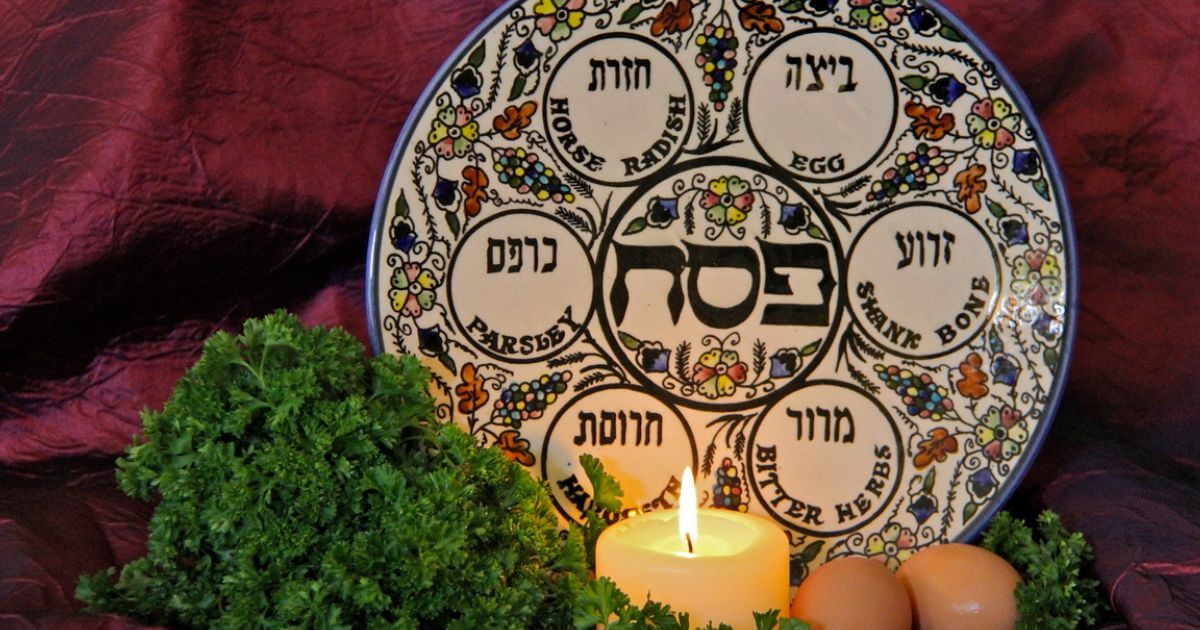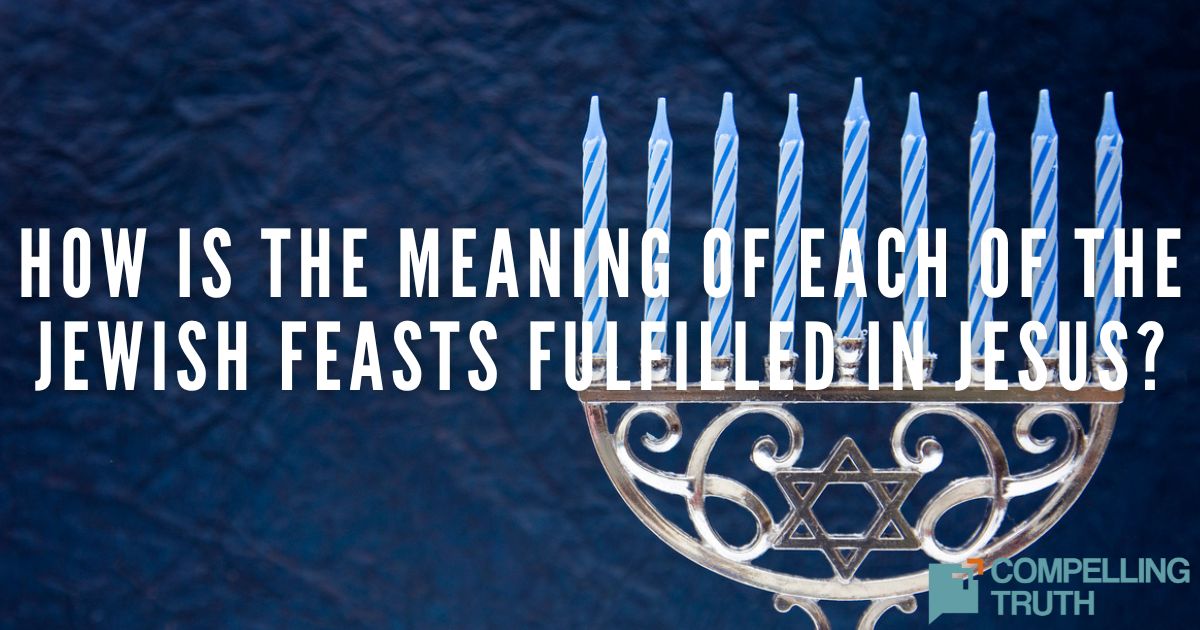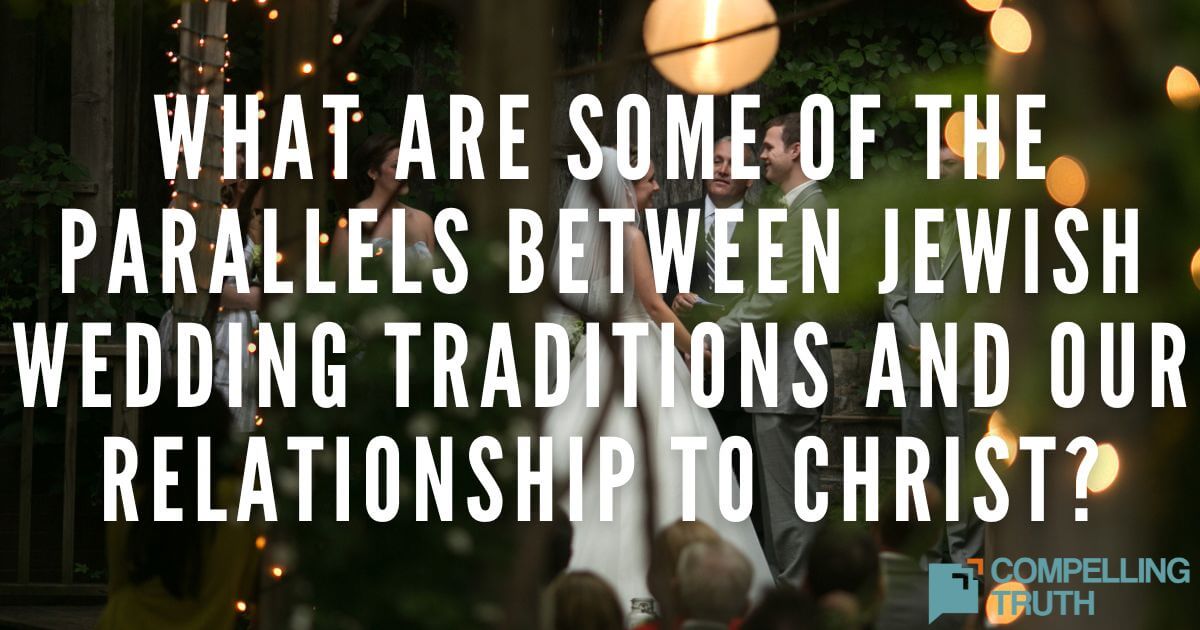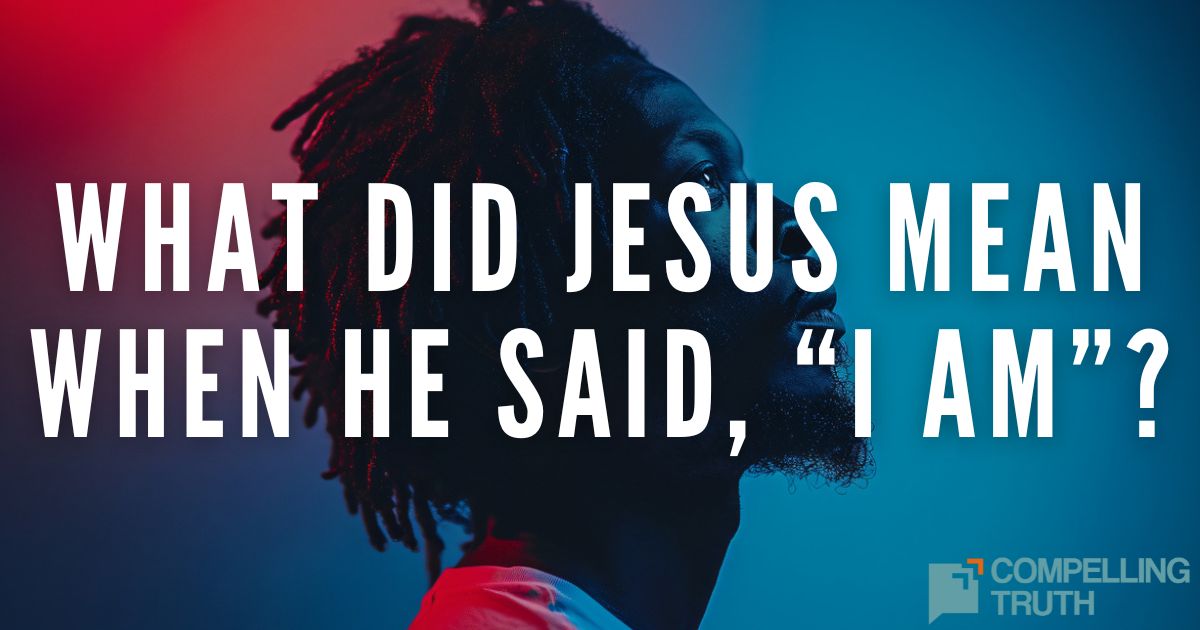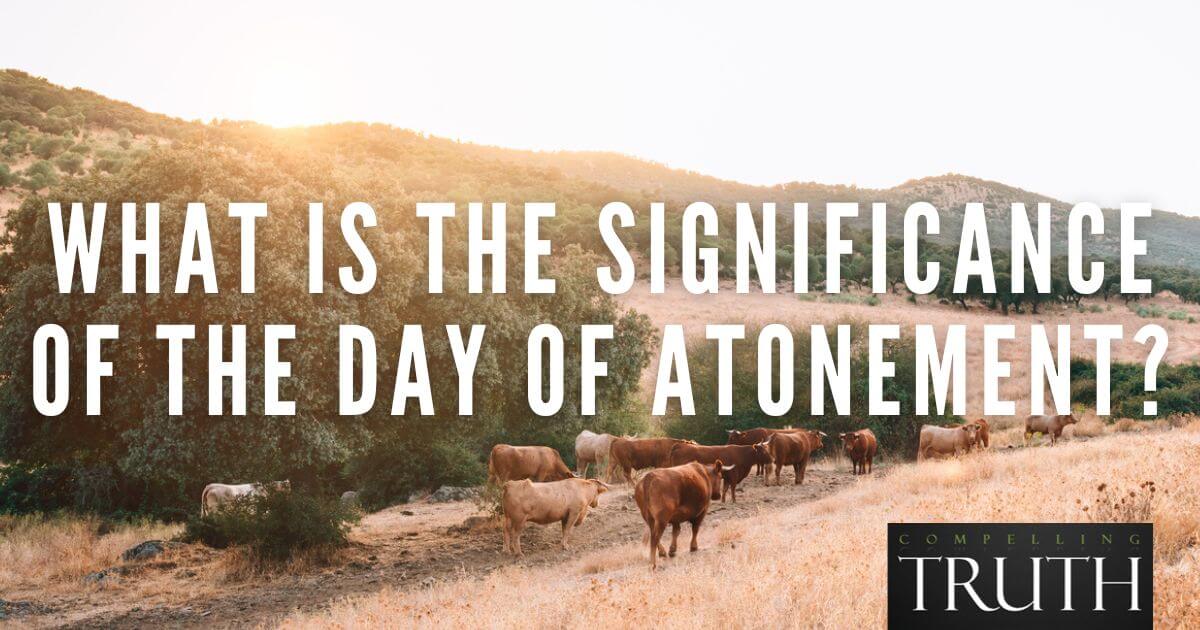what does the bible say?
The Old Testament records seven Jewish festivals. One more festival is mentioned in the New Testament. God first instituted festivals when giving Moses the Law after bringing the Israelites out of slavery in Egypt. God's prescription for these "appointed feasts" is in Leviticus 23, and they include the Sabbath, the Passover, the Feast of Unleavened Bread, the Feast of Firstfruits, the Feast of Weeks, the Feast of Trumpets, the Day of Atonement, and the Feast of Booths. Two other Jewish festivals mentioned in the Bible include the Feast of Purim (Esther 9:20-32) and the Feast of Dedication (John 10:22). Although not commanded by God to do so, the Jews also celebrate festivals commemorating other events recorded in Scripture: Lag B'Omer, commemorating the giving of manna in the desert (Exodus 16); Tisha B'Av, commemorating the destruction of the Temple (Jeremiah 52:12–23); and Tu B'Shvat, marking a new year for the trees to determine proper tithing (Deuteronomy 14:22,14:28). Jesus Christ is reflected in the four spring and three fall festivals.
